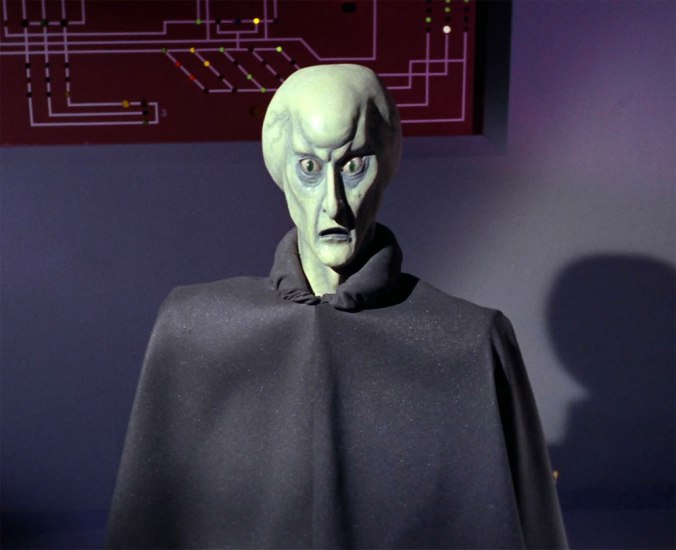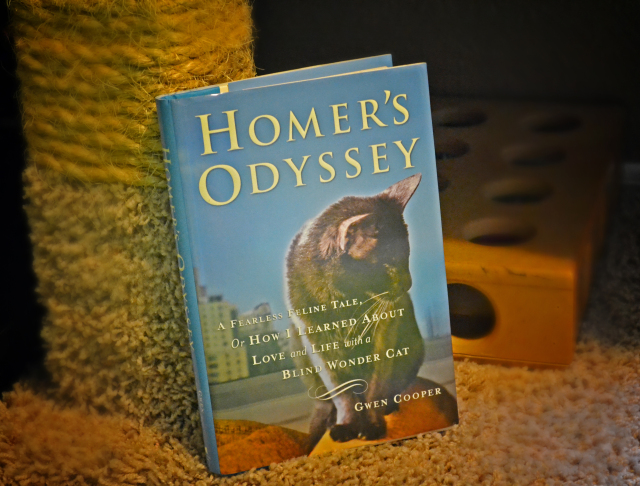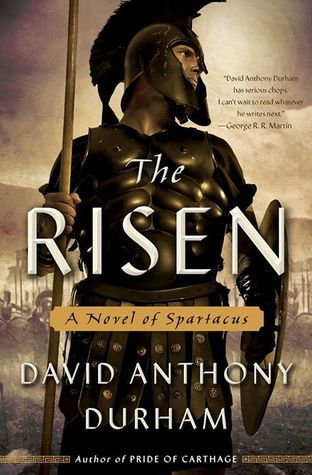“These worlds are dying just fine without your help, Jim. Right or wrong, you have to do something.” — Dr. Leonard H. “Bones” McCoy
Before I get into this review, it’s necessary to revisit one of the very first episodes of the classic Star Trek series, “The Corbomite Maneuver.”

From the transcript of that episode:
KIRK: It’s a dummy. A puppet of some kind.
BALOK: I’m Balok. Welcome aboard. (curtain opens to reveal a small humanoid with big grin)
KIRK: I’m Captain Kirk.
BALOK: And McCoy and Bailey. Sit. Be comfortable. Go ahead, be seated. We must drink. This is tranya. I hope you relish it as much as I.
KIRK: Commander Balok.
BALOK: I know, I know, a thousand questions. But first, the tranya. Gentlemen. (drinks) Ahh.
KIRK: Commander, that puppet.
BALOK: My alter ego, so to speak. In your culture, he would be Mister Hyde to my Jekyll. You must admit he’s effective. You would never have been frightened by me. And I thought my distress signal quite clever. It was a pleasure testing you.
BAILEY: Testing us?
KIRK: I see.
BALOK: I had to discover your real intentions.
KIRK: But you probed our memory banks.
BALOK: Your records could have been a deception on your part.
MCCOY: And your crew?
BALOK: I have no crew, Doctor. I run everything, this entire complex, from this small ship. But I miss company, conversation. Even an alien would be welcome. Perhaps one of your men for some period of time. An exchange of information, cultures.
KIRK: Yes. Both our cultures would benefit. Do you know where we can find a volunteer, Mister Bailey?
BAILEY: Me, sir. I’d like to volunteer.
BALOK: Ah. You represent Earth’s best, then.
BAILEY: No, sir, I’m not. I’ll make plenty of mistakes.
KIRK: But you’d find out more about us that way, and I’d get a better officer in return.
BALOK: (laughs) I see. We think much alike, Captain, you and I. Now, before I bring back the Fesarius, let me show you my vessel. It is not often I have this pleasure. Yes, we’re very much alike, Captain. Both proud of our ships.
As you see in the above transcript excerpt, Balok suggests his puppet is the “Mister Hyde to my Jekyll,” even though his ploy has more in common with the reveal from The Wizard of Oz. According to this novel, there is far more to this Jekyll and Hyde reference than audiences might have thought.

This story picks up three years later, in the weeks following the end of the series’ third and final season. The Enterprise is investigating a series of raids by an unknown predatory race. In a startling revelation, it is discovered the unknown species looks exactly like Balok’s puppet. The difference, of course, is that this species is real, they are alive, and they are out for blood. But whose blood, and why?
To seek those answers, Kirk directs his ship towards the First Federation in the hopes of learning where their elusive homeworld might be. He discovers the First Federation to be a realm of isolation, its population having become extremely wary of outsiders despite welcoming claims to the contrary. Their entire civilization exists as a network of large, cloaked, artificial biospheres that replace their original homeworlds. The predatory race is revealed to be called the Dassik, and according to the First Federation representatives, they are an ancient and deadly bogeyman responsible for wiping out those original homeworlds some 12,000 years ago. The Dassik hunted the various races of the First Federation in primal and vicious ways, stacking towers of bodies in their wake after pulling them apart with claws and crude weapons despite their obvious advanced technological capabilities.
The First Federation went into hiding, cloaking artificial worlds as a refuge while the worlds they abandoned were left to heal from the ravages of the Dassik. As the Dassik attacked more races, those survivors were added to the ranks of the First Federation.
And then one day the raids simply stopped. Over time, the First Federation continued to develop, and the Dassik became legend, not unlike our Halloween witches and goblins.
The Enterprise‘s presence in the realm of the First Federation has awakened those old fears, for if Kirk could find them, the Dassik would not be far behind. Indeed, the Dassik have tracked the Enterprise to that realm, patiently looking for any sign of their ancient foes. When disaster within the eco-spheres threatens to reveal their location, Kirk springs into action to help save the population. Despite his aid, lives are lost. Kirk is brought up on charges and marked as a scapegoat as xenophobia takes hold. The Dassik have come, they claim, and it’s Kirk’s fault.
To save his captain, his ship, his crew, and the people of the First Federation, Spock learns the truth behind the disaster and discovers that without the Enterprise’s interference, far more lives would be lost. What’s more, further disasters will come that threaten the entire civilization if the policies of fear that led to the cloaking of their worlds aren’t overcome, for the cloak cannot be maintained without systematic overload and decay. While Kirk awaits his trial by trying to communicate with the Dassik prisoner being tortured in the next cell, aware that his presence within the First Federation’s borders are unknown to the population at large, Spock works with a small coalition of dissidents to convince the First Federation’s leaders to overcome their fears, but is himself brought up on charges of being a terrorist. The clock is ticking. While the entire structure threatens to disintegrate, a Dassik warship is on the hunt, and terrible secrets of war crimes are revealed that link the Dassik and peoples of the First Federation in ways that the latter peoples would never want to consider.
In my younger days, I read a lot of Star Trek novels, so many that I eventually hit burnout when many of them started to repeat themselves. Years later, I got reintroduced to this old passion thanks to Christopher L. Bennett’s first such Trek novel, Ex Machina. This novel seamlessly connected themes from Star Trek: The Motion Picture and the original episode “For the World is Hollow and I Have Touched the Sky” while exploring deeper character traits and motivations that stun me to this day while staying true to everything I’ve ever known about the series, the characters, and the ideals they represent. I rank this as not only one of the best Star Trek novels I’ve ever read, I rank this as one of the very best novels I’ve ever read. It’s a slow, steady burn that runs deep.
With The Face of the Unknown, Bennett repeated that triumph. As previously stated, Balok’s claim of his puppet being Hyde to his Jekyll becomes the central theme of this story. Basic exploration of this idea will instantly offer spoiler territory on the big reveal, which is made known about halfway into the story. The trick, of course, is how Kirk and company work their way out of this situation. That’s where Bennett’s understanding of Trek really shines, because I’m convinced that Star Trek is the only remaining framework in all of pop culture that can or will do this, let alone do it well. I won’t spoil it. Suffice it to say, it’s intelligent, hopeful, and true to best of this 50-year tradition.
Kirk has become something of a parodied stereotype for those who don’t look deep into his character for whatever reason. This book is a perfect look at the nuances that drive him, so much so that it would be easy to take what’s spelled out here, reapply it to a fresh look at the classic episodes, and come away with a completely new understanding and appreciation for just how truly incredible the character really is.
But Kirk’s not the only one given the spotlight. As with Ex Machina, a superior understanding of and penetrating look into the character of Spock is presented here in ways that will impress even the most jaded of diehard fans. Where Ex Machina explored Spock’s reawakened humanity in the aftermath of his contact with V’Ger, this book explores the questions and uncertainties that drive him in the wake of the final episodes of the original series, character points that will eventually drive him back to his homeworld to purge of his humanity in the discipline of Kolinahr.
Each and every one of the secondary characters are given smaller but no less significant opportunities to take the spotlight. This includes every member of the Enterprise‘s bridge crew, as well as the return of Ambassador Bailey, several new characters from all factions, and most notably Lt. Uhura in one of her finest hours. To tie it up with a bow, the novel’s epilogue leads us into a transition to the events of Star Trek: The Animated Series, which is most appropriate to the time frame depicted here.
This novel is far more than mere fan wank, however. The exploration of factions and fears within the First Federation and their Dassik counterparts has clear and present echoes in our own societies and politics, as the best Star Trek — and indeed the best science fiction — explores. The options presented by the crew of the Enterprise, their bravery and commitment to peace… after 50 years, they still continue to point the way forward to better possibilities for the survival and evolution of our own people.
Take a bow, Mr. Bennett. Bravo.
5 stars






